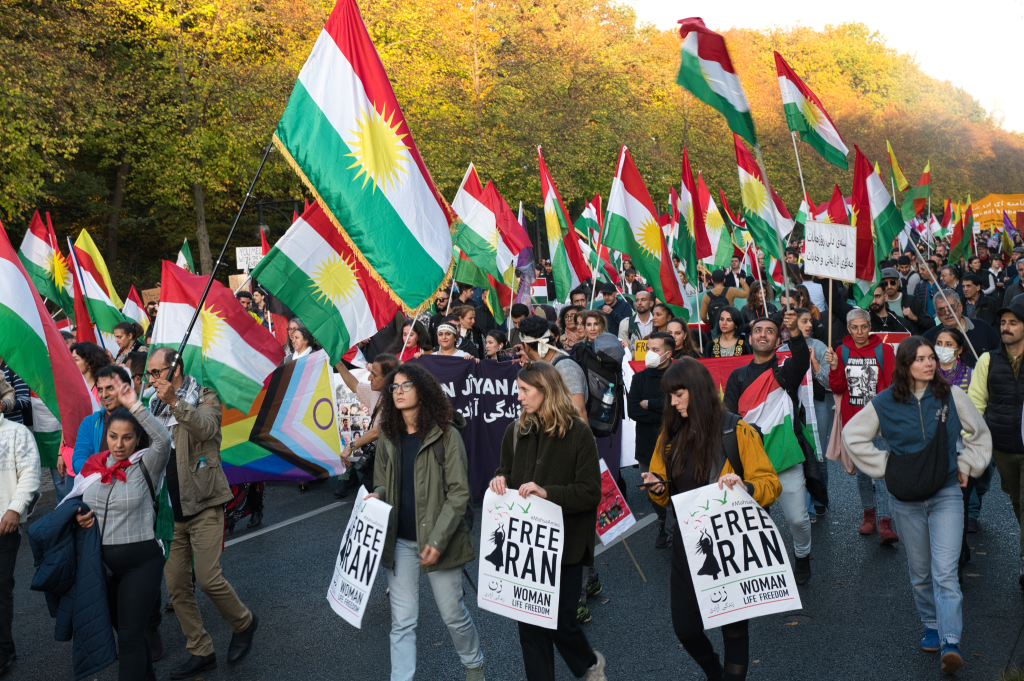
What does happen to a generation’s aspirations when they are stuck between war, sanctions, and a contracting economy? For Iran’s Gen Z, the response is unfolding in real time a daily fight for survival, dignity, and hope in a nation where the future seems to be slipping away.

1. The Gravity of an Economy in Freefall
Young people throughout Iran are facing an economic reality that contradicts official euphoria. While officials say unemployment is at 7.6%, reality is more dire: close to one in five young people in Iran are unemployed, and 80% of families live on less than the world poverty line. Inflation, running at around 40%, has rendered even staple foods out of reach. Bita, a Tehran young woman, said, “Meat, chicken, fish and even rice can’t all be purchased in the same month.”. We have to stretch them out over a few months.” For most, work no longer promises a way out of poverty.
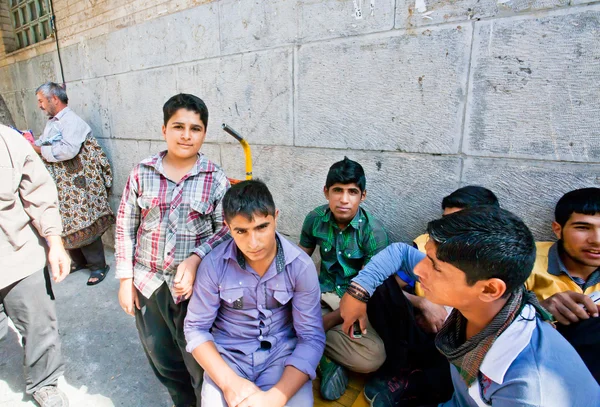
2. Conflict’s Sudden Shock
The 12-day war against Israel in June overnight sent prices rocketing. Panic of escalation hung in the air, and the return of UN sanctions on Tehran’s nuclear drive heightened the crisis. Amin, a young man, said the atmosphere was “pure despair especially among the youth.”. The absence of any visible future or hope for advancement hits them the most.” The sanctions have sent the rial to its lowest level ever, reducing the dollar-value of the monthly minimum wage from $180 in March 2025 to less than $130 by September.

3. Digital Spaces as Refuge
When physical security is not assured and open space is monitored, Iran’s Gen Z has recourse to the internet to connect and to find solace. Sites such as Discord despite being censored in April 2024 are still lifelines through VPNs. Momo, 24 from Tehran, said, “It’s the only place where I can breathe… In the middle of the bombings, we watched movies and TV series together.”. And sometimes, we even drift off to sleep online.” These online spaces have become therapy sessions, news networks, and solidarity groups, where the whoosh of incoming missiles is amplified alongside birthdays and little pleasures.

4. Coping Under Fire
Psychologists observe that international conflict unleashes grief, worry, and rage among civilians, even those distant from the front. Evidence-based measures like staying in touch with family, using breathing exercises, and avoiding exposure to traumatic news can guard against mental illness. In Tehran, a prenatal yoga WhatsApp group started by chance now helps pregnant women navigate panic attacks and blackout hours. “We light candles and send voice messages when things become quiet again,” said Zohreh, eight months pregnant, who uses breathing exercises to soothe contractions during explosions.
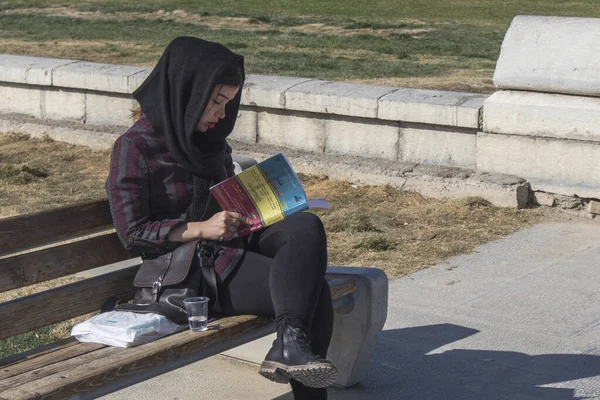
5. The Brain Drain’s Long Shadow
Decades of political repression and economic stagnation have driven waves of emigration among Iran’s educated youth. Stanford researchers estimate 130,000 Iranian-born students were enrolled in universities abroad in early 2020, many with no plans to return. This “brain drain” costs Iran tens of billions annually and deprives it of innovation and expertise. But others, such as Elnaz, remain hopeful of returning: “My biggest dream is to be able to hug someone very close to me… here in our own nation.”
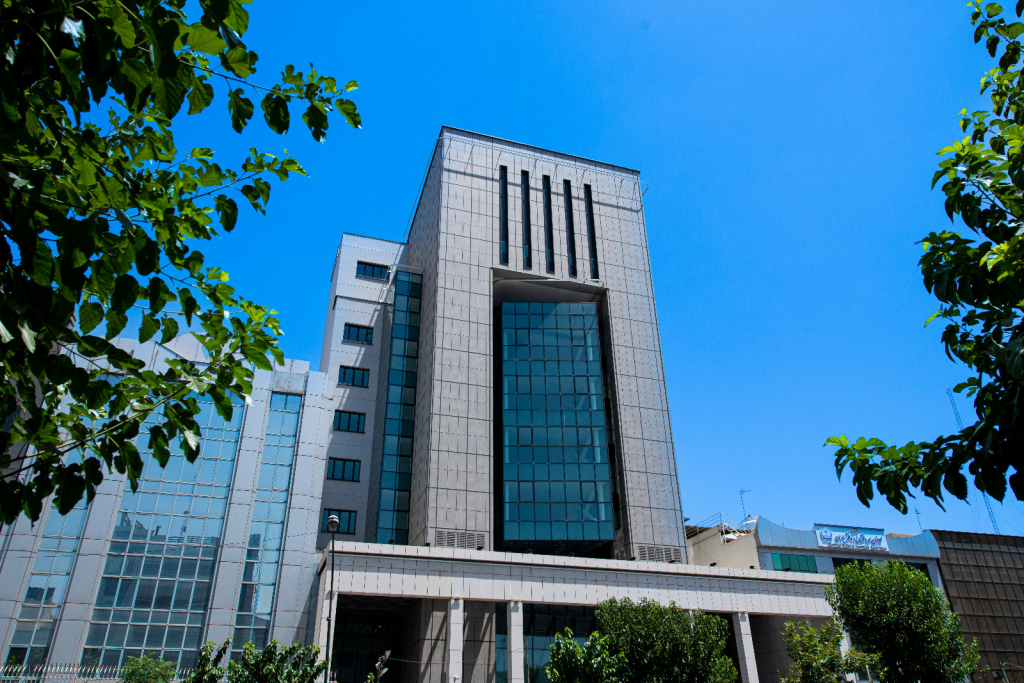
6. Layoffs and Frozen Futures
The post-war economy has brought on waves of downsizing. A survey conducted last August by the Tehran Chamber of Commerce discovered 33% of firms intend to lay off workers, 36% might close down altogether. Manufacturing and technology industries have been most severely affected, with liquidity declines of over 50%. Journalist Zahra had her wage reduced overnight to 60%. “I feel ridiculous requesting assistance from my retired parents, but I have no option,” she told Global Voices. Unemployed such as Atieh, who lost his job in a trading firm, encounter the market as frozen because employers are waiting for a signal on whether or not another war will break out.
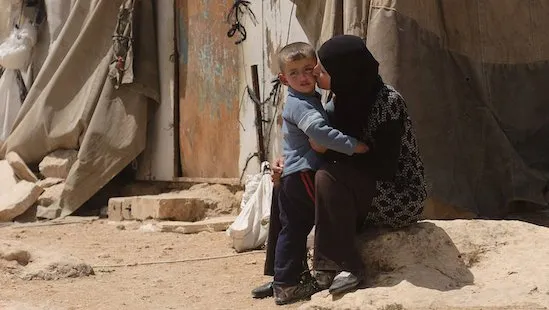
7. Resilience in Small Acts
Even in hopelessness, there are small acts of kindness. Virtual spaces exchange coping tools, from mindfulness strategies to peer support. The Mental Health America recommendations emphasize a focus on actions over which one has control securing necessities, keeping routines intact, and calling for help to counteract helplessness. In Iran, these coping tools appear in the most unlikely places: a shared VPN connection, a rice offering from the neighbor, or an online yoga class broadcast from a bomb shelter.
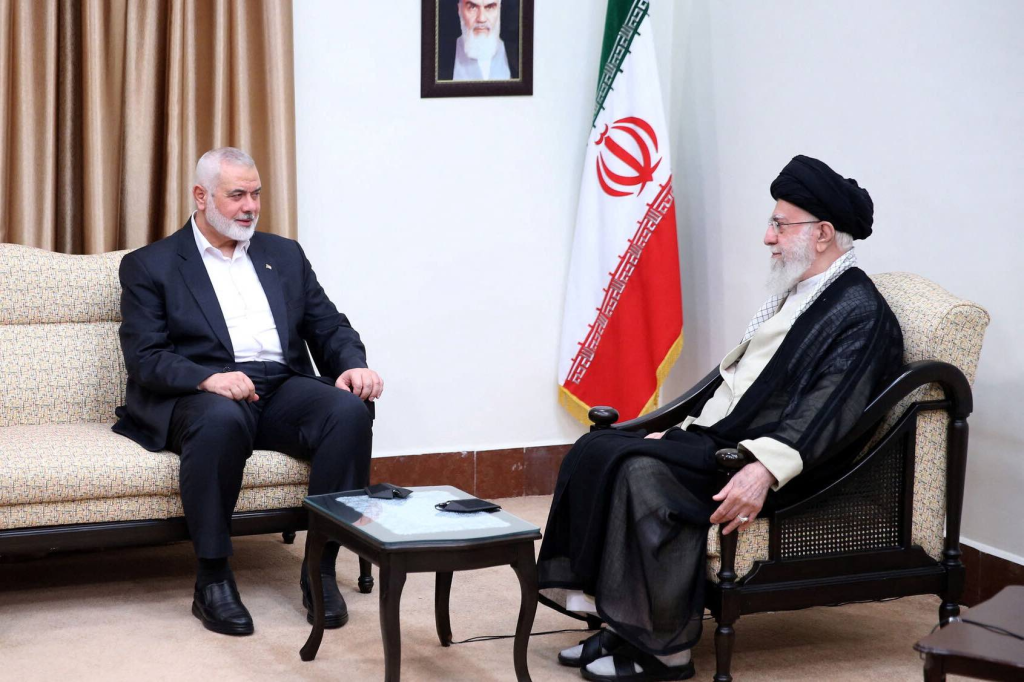
8. Divisions and Defiance
The conflict has deepened political divides. Some young Iranians are waiting for foreign intervention; others rebuff it outright. Amin threatens that the regime’s yarn of unity faced by external threats “has already lost credibility.” But in private conversations and hushed whispers, defiance persists refusal to abandon identity, connection, and hope of change.
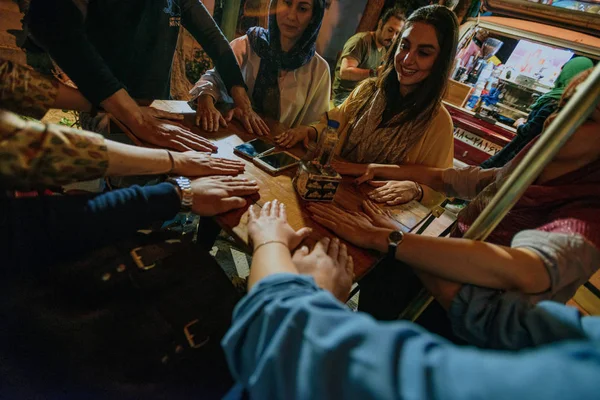
Decades of sanctions, conflict, and oppression have pushed Iran’s Gen Z into a corner, but they struggle on in solidarity, ingenuity, and the tenuous hope that someday, the nation that they envision will be their to rebuild.


